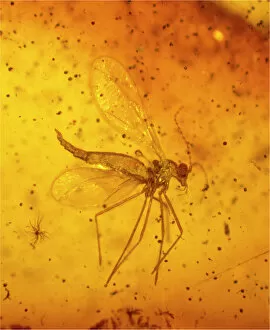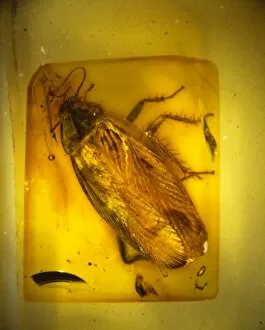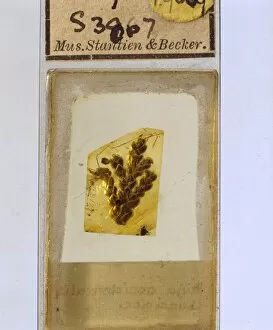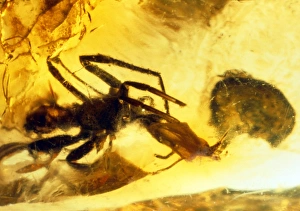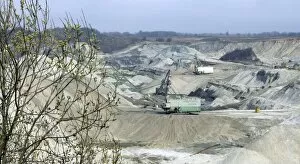Baltic Amber Collection
Baltic amber, also known as succinite, is a captivating gemstone that holds within it the secrets of ancient times
All Professionally Made to Order for Quick Shipping
Baltic amber, also known as succinite, is a captivating gemstone that holds within it the secrets of ancient times. One of its most fascinating features is the presence of various prehistoric insects and organisms trapped inside for millions of years. Gazing at a Baltic amber ring, one can't help but wonder about the tiny gall midge that once buzzed around in an era long gone. Preserved forever in this golden resin, it serves as a reminder of the intricate web of life that has existed on Earth throughout history. The discovery of a prehistoric insect encased in amber, labeled C016/6117, takes us back to an era when these creatures roamed freely. It offers scientists valuable insights into their morphology and behavior, unlocking mysteries from eons past. Cockroaches may not be everyone's favorite creature today, but finding one perfectly preserved in Baltic amber showcases their resilience over time. This fossilized relic gives us a glimpse into how these insects have adapted and survived through countless generations. Earwig skin found within Baltic amber provides evidence that even seemingly insignificant details can be captured by nature's time capsule. The delicate texture frozen in time reminds us to appreciate every aspect of our world's biodiversity. An alder fly suspended forever within Baltic amber tells tales from an age when these graceful insects fluttered among lush forests. Its fragile wings encapsulated for eternity serve as testament to the beauty and fragility inherent in all living beings. A black fly caught mid-flight within Baltic amber demonstrates how even the tiniest creatures played important roles in ecosystems throughout history. These fossils allow us to piece together ecological puzzles and understand our planet's intricate balance. Pseudoscorpions are intriguing arachnids with pincers resembling those of scorpions but without venomous stingers. Discovering them multiple times entombed within Baltic amber highlights their prevalence during ancient times while showcasing nature's ability to preserve even the most minute details.

